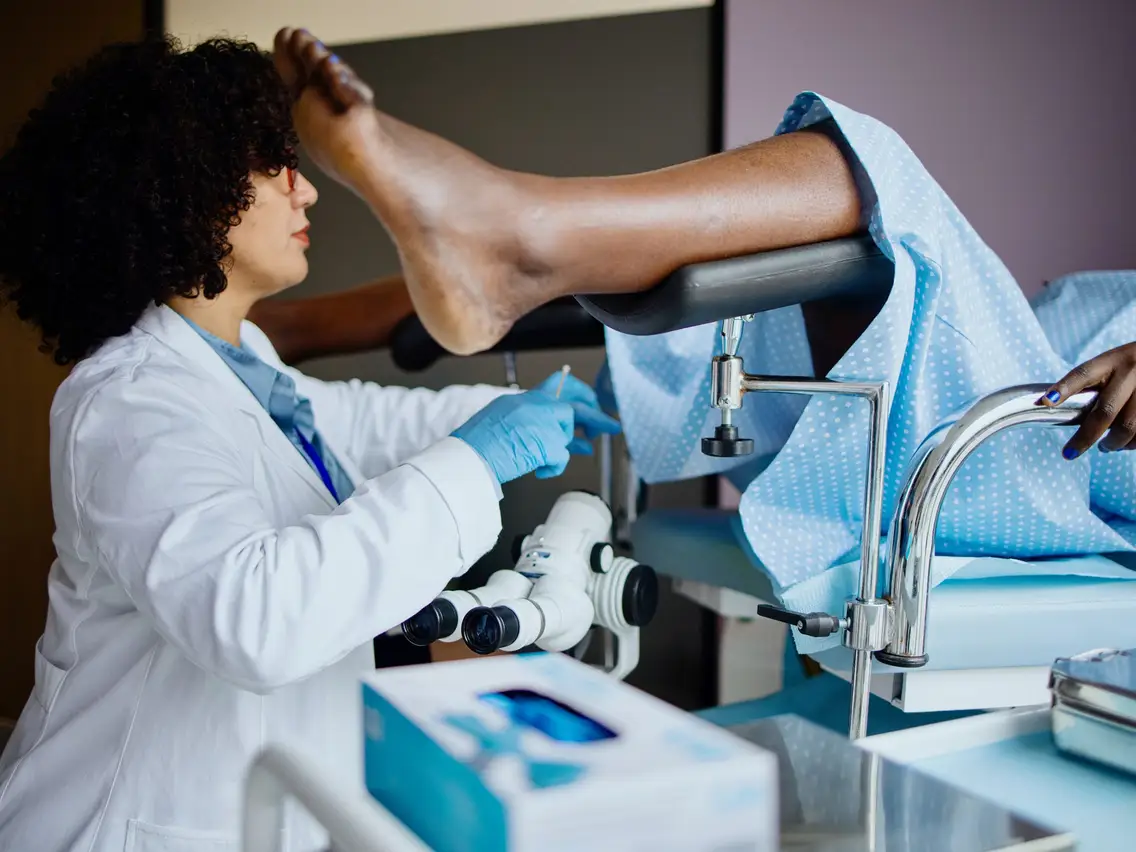Does cone biopsy get rid of HPV?
Humans are certainly not the only living on this earth. All organisms including the small one and the one which cannot be seen with the naked eyes does interact with humans. Microorganisms such as viruses can definitely cause diseases in humans such as HPV. This is why getting regular health screening is important as it can detect HPV early on. This article will let you know more about HPV and if cone biopsy is possible on getting rid of HPV.
What is HPV? The majority ofSTI infections are caused by HPV or Human papillomavirus. It is estimated that almost all sexually active people are infected with HPV within months to few years of becoming sexually active. There are more than 200 related viruses that can transmit HPV in humans. These viruses are divided into 2 groups which are low-risk HPV and high-risk HPV. Low-risk HPV rarely causes problems but can cause warts around the genitals, mouth, anus or throat. High-risk HPV is generally linked to the risk for cancers. HPV 16 and HPV 18 are mostly associated with HPV-related cancers.
HPV is commonly spread in vaginal or anal sex. In general, HPV can be transmitted through any intimate skin-to-skin contact. This is why apart from the private sex organ being affected by HPV, mouth and throat can be affected. Most people does not have symptoms when they are affected by HPV. This also explains why it is very common with the fact that most people will have some types of HPV at least once in their lifetime. Furthermore, HPV is not the same as many other STI as it often caused by sexual contact with many other people whereas a person can easily catch HPV even on their first sex. Plus, a person may have HPV even they only had sex with one person or only have symptoms years after exposed to a person with already existed HPV infection.
In low-risk HPV, it often causes warts around the genitals, mouth or throats. Warts are typically seen as a group of bumps with varying sizes and may be raised or flat. Some warts even have the shape of a cauliflower. The warts can cause flaky dry skin which eventually becomes itchy at times. In high-risk HPV, most cases do not have symptoms unless it already persists for many years. It can cause abnormal vaginal bleeding, bleeding or spotting between menstrual periods, bleeding and/or pain during or after vaginal sex.
Due to the fact that high-risk HPV can lead to cancer, commonly cervical cancer, it is best for women to get tested for HPV. Getting tested for HPV is the best way to detect the early sign of HPV. Cervical screening is the best way to test for HPV. In cervical screening, a small sample of cells is taken from the cervix by using a swab. This procedure itself usually does not cause pain but patients may feel a bit weird or strange during the procedure.
Treatment for HPV depends on the severity of the condition. In most cases, there are no treatment as HPV infections are cleared by the body’s immune system within 2 years. For genital warts, it can subside with treatment by doctors such as creams, cryotherapy or laser. Cases related to precancer or cancer itself will depend on how serious the damaged cells are. One of the treatments used to treat symptoms related to cervical cancer is cone biopsy.
You may be confused as to why cone biopsy can be considered as a treatment. You may have heard that the word biopsy itself is often associated with the procedure of obtaining a small sample of tissues to be examined under the microscope. In the context of cone biopsy, it is true that the procedure itself does help in evaluating the cells or tissues affected by HPV. Cone biopsy is removal of a cone shaped piece of tissue from the cervix. In addition to that, cone biopsy does act as a therapeutic procedure in eradicating HPV infection by removing the abnormal cells that might develop into cervical cancer or removing the early stage cervical cancer.
It is worth noting that even though there are treatments for HPV, not all viruses can be completely gone by treatments. There will always be chances of a person to catch HPV again. There is no cure for the virus but there will be treatments for the symptoms it has caused. Thus, the best way to ensure HPV infection dipped is to make sure the immune system is capable of clearing the virus. Another way to prevent or lower the risk for HPV is to get the HPV vaccine. Once a person is known to have HPV, they need to advise their partner to get tested for HPV too. Practising safe sex such as using condoms can reduce risk for HPV infection. Regular testing or screening is the best way to detect HPV and treat abnormal cells from developing to cervical cancer.




